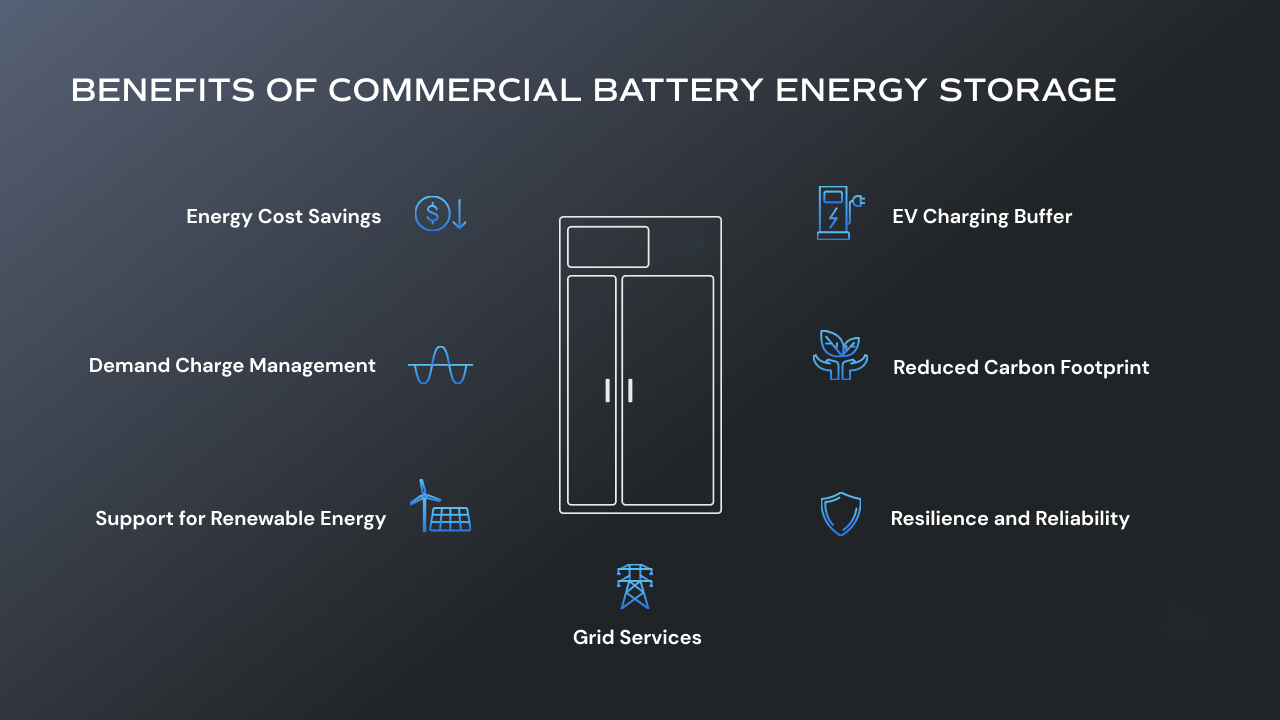
Ene . 12, 2024 14:58 volver a la lista
Conceptos básicos del sistema de almacenamiento de energía de batería: batería, PCS, BMS
The global energy crisis and the pressing need for environmental protection have brought energy storage technology to the forefront as a key solution. Among the various energy storage technologies available, battery energy storage systems have emerged as one of the most practical and commonly used options. At the heart of these systems lie three essential components: batteries, power conversion systems (PCS), and battery management systems (BMS).
Primero, profundicemos en las propias baterías, que sirven como núcleo de los sistemas de almacenamiento de energía en baterías. Las baterías son dispositivos que convierten la energía química en energía eléctrica. Están formados por electrodos positivos y negativos, un electrolito y un separador. Hay varios tipos de baterías disponibles, como baterías de plomo-ácido, baterías de níquel-hidrógeno y baterías de iones de litio. De ellas, las baterías de iones de litio han ganado popularidad debido a su alta densidad de energía, larga vida útil y respeto al medio ambiente.
Pasando al sistema de conversión de energía (PCS), este componente juega un papel crucial en los sistemas de almacenamiento de energía en baterías al convertir la energía eléctrica almacenada en las baterías en energía CA que puede suministrarse a la red o a los usuarios. PCS normalmente consta de inversores, transformadores y controladores. Su función principal es convertir energía CC en energía CA, controlar la entrada y salida de energía eléctrica y garantizar la seguridad y estabilidad de todo el sistema. El rendimiento del PCS afecta directamente la eficiencia y la vida útil del sistema de almacenamiento de energía de la batería.

A continuación, tenemos el sistema de gestión de baterías (BMS), un componente integral del sistema de almacenamiento de energía de la batería. BMS incluye módulos de monitoreo, módulos de control y módulos de comunicación. Su principal responsabilidad es monitorear y controlar el estado de la batería en tiempo real, abarcando parámetros como voltaje, corriente, temperatura y estado de carga (SOC). Además, BMS protege y controla la batería de riesgos potenciales, como sobrecarga, sobredescarga y sobrecorriente, garantizando su seguridad y vida útil.
In summary, the battery energy storage system comprises three fundamental components: batteries, PCS, and BMS. Batteries serve as the core storage mechanism, PCS converts stored energy into usable AC power, and BMS actively monitors and protects the battery, ensuring its optimal functioning and longevity. Achieving efficient, stable, and safe operation of battery energy storage systems relies on the harmonious cooperation between these three components.
Efficient energy storage is essential for meeting the demands of a fluctuating energy grid and reducing reliance on fossil fuels. Battery energy storage systems offer a viable solution to these challenges, providing a means to capture and utilize excess energy and deliver it back to the grid when needed. This technology has the potential to significantly enhance the reliability and stability of power supply, paving the way for a cleaner and more sustainable energy future.
As the global energy crisis intensifies, there is a growing need for further research and development to advance battery technology and optimize the performance of battery energy storage systems. Improvements in battery energy density, lifespan, and cost-effectiveness are crucial to accelerating the adoption of battery energy storage on a larger scale. Additionally, the integration of intelligent control systems and advanced monitoring technologies can enhance the efficiency and safety of battery energy storage systems, making them an even more attractive solution for future energy needs.
In conclusion, battery energy storage systems are at the forefront of the fight against the global energy crisis. Batteries, PCS, and BMS constitute the essential components of these systems, collectively working together to store, convert, and optimize energy usage. As the world strives to transition towards cleaner and sustainable energy sources, battery energy storage systems will play a pivotal role in achieving this goal. Continued advancements in battery technology and system integration will propel the widespread adoption of energy storage, providing a more reliable and environmentally friendly energy landscape.
Será eliminado si infringe
Sitio web de referencia: https://www.scupower.com
-
Stackable Battery System: Revolutionizing C&I Energy Storage with Suzhou ACDC
NoticiasJul.21,2025
-
Revolutionizing EV Charging with Suzhou DC Quick Charging Stations Solutions
NoticiasJul.21,2025
-
Revolutionize Your Power Needs with Suzhou ACDC's Portable Power Station Solutions
NoticiasJul.21,2025
-
Outdoor Integrated Temperature Control Cabinet: Elevating Energy Storage Cabinet Efficiency
NoticiasJul.21,2025
-
Container Type Energy Storage System: Revolutionizing Energy Storage with Stackable Battery Solutions
NoticiasJul.21,2025
-
Advanced Self-Cooling Energy Storage Cabinet Solutions
NoticiasJul.21,2025























